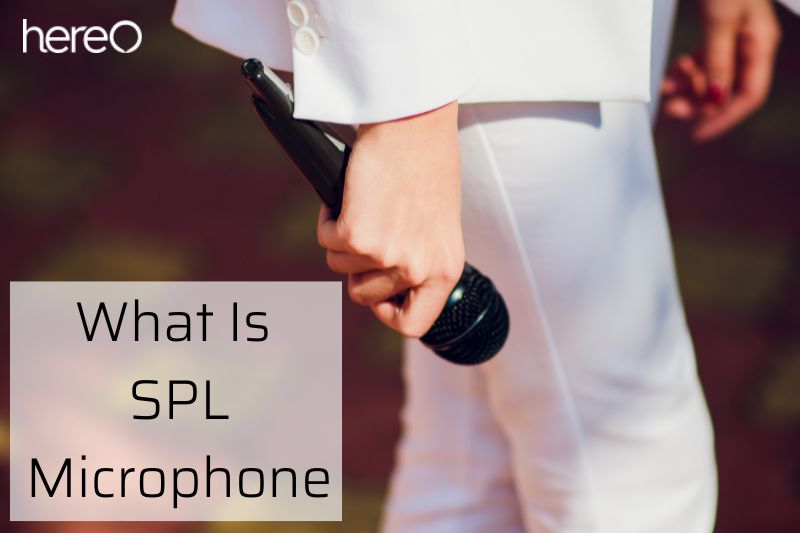When glancing at a microphone’s spec sheet, “maximum SPL” may be listed with a precise figure. So, what is SPL microphone and how does it affect your microphone?
Contents
What is Sound Pressure Level
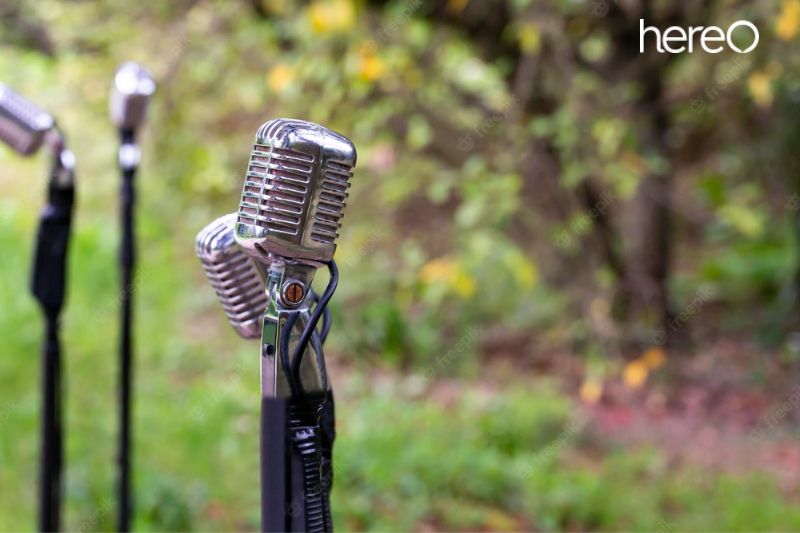
Sound Pressure Level (SPL) is a unit of measurement used to measure the sound level of a given sound. It is expressed in decibels (dB). Sound pressure is the average variation in atmospheric pressure caused by the sound.
It is important to note that SPL is not the same as volume, which is measured in decibels (dB). Volume is a subjective measure of how loud something sounds to a particular person, while SPL is an objective measure of the actual sound pressure of a sound.
Furthermore, SPL can be affected by environmental factors such as humidity and temperature.
Sound pressure, or sound pressure level, is the outcome of the pressure fluctuations in the air achieved by the sound waves. The hearing threshold is the lowest sound pressure that a human can hear, and the pain threshold is the maximum sound pressure that a person can tolerate.
What Is Maximum Sound Pressure Level For Microphone
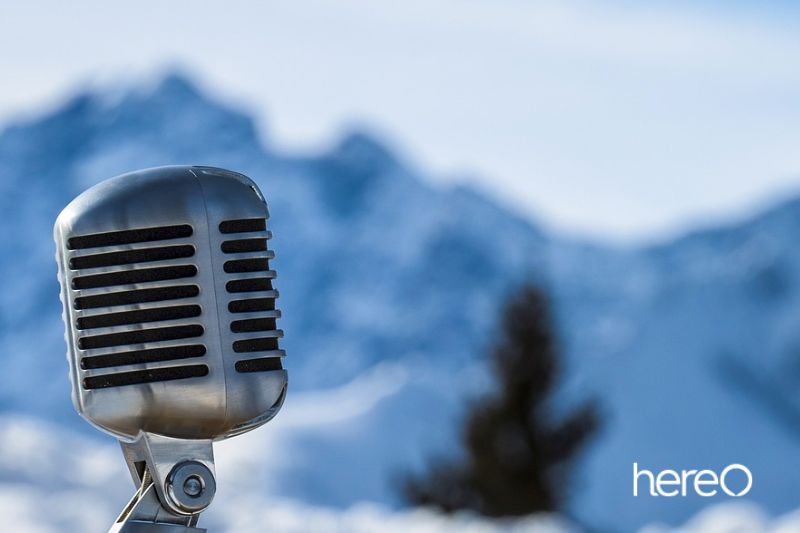
The maximum sound pressure level, or max SPL, is a measure of the loudness a microphone can tolerate before it begins to distort.
This figure is indicated in the device’s data sheet and is usually expressed in decibels (dB). When exceeding this threshold, the microphone’s output signal will start to become distorted, leading to a decrease in sound quality.
So what happens when we push things too far? When we exceed the maximum sound pressure level, the microphone typically doesn’t get destroyed – however, some diaphragms can be damaged by excessive sound pressure levels or gusts of air produced alongside them.
The lower limit of audibility is defined as an SPL of 0 dB, but the upper limit is not as clearly defined. Generally, 1 atm (194 dB peak or 191 dB SPL) is the largest pressure variation an undistorted sound wave can have in Earth’s atmosphere, although larger sound waves can be present in other atmospheres or media, such as underwater or through the Earth.
Sound pressure level is measured in dB and is defined as the ratio of root mean square sound pressure to a reference sound pressure. Basically, the max SPL figure in the data sheet tells you how much level, or volume, a mic can take before it begins to distort audibly.
Should You Care About Max SPL
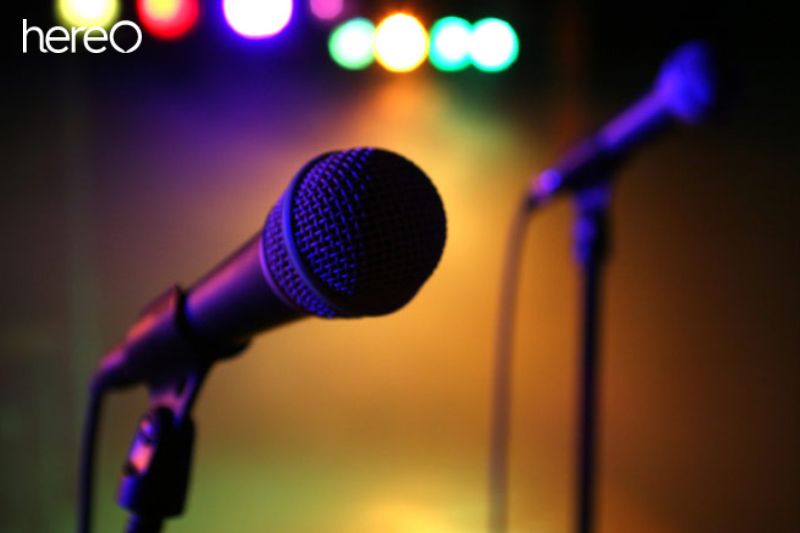
The maximum sound pressure level of your microphone rarely becomes a problem as long as you don’t capture drums. But with some percussion instruments, you can have issues.
A tambourine, for instance, is a lot louder than one would imagine; at short distances it may easily reach SPLs of more than 120 dB. That’s not a problem for current condensers, but many older or “vintage” condensers may certainly distort. So do many entry-level condenser mics!
Dynamic microphones, with the exception of ribbon microphones, rarely have a maximum SPL specification. Even if their SPL handling power is not without restrictions, either, it rarely creates a problem in real life. However, aging effects on older models can make it a problem.
What Causes Microphone Distortion?
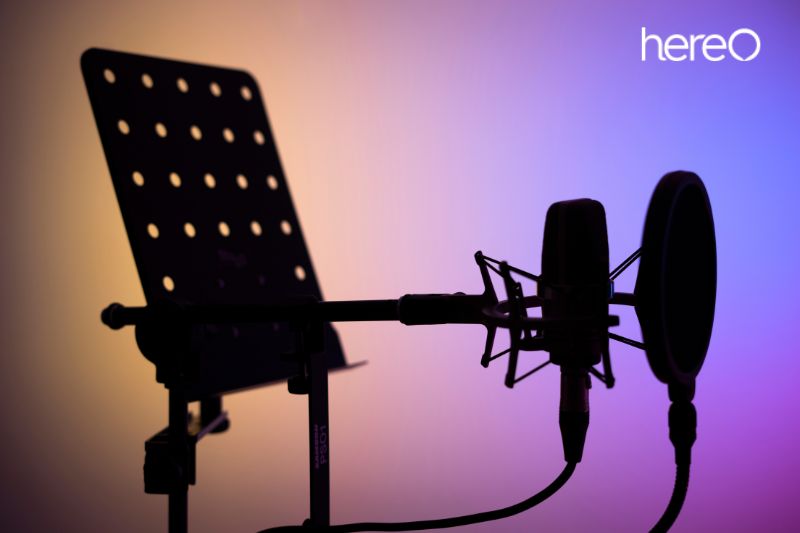
Overloading The Microphone’s Electronic Circuitry
The analog circuitry behind active microphones has intrinsically limited headroom.
There is a limit to how much signal can be handled by the amplifier electronics and impedance converter (tube or transistor) before distortion occurs. The microphone’s impedance and internal power rails work together to establish this threshold.
Many active microphones have attenuation pads incorporated into their designs to combat this. Before the signal reaches the electronics, these pads effectively reduce the signal voltage coming from the capsule.
As a result, the microphone’s maximum sound pressure level is effectively decreased, lowering the possibility of distortion.
Overloading Of The Microphone’s Capsule
Although it is feasible, microphone capsule overflow is extremely unusual. This is especially true when recording any practical sound sources.
Since dynamic microphones lack active circuitry, the overloading of their diaphragm determines their maximum SPL. This is why peak SPL ratings are rarely stated with dynamics.
Dynamic microphones distort when their moving coil strikes against the capsule magnets or shell. This is most likely to happen at the microphone’s resonance frequency, but yet, most dynamics will never overload in any practical applications.
Condenser microphone diaphragms are exceedingly durable and unlikely to be overloaded. When exposed to both low and high sound pressure levels, they are stretched very tightly and barely move.
Although the diaphragms of ribbon microphones are delicate, sound pressure by itself usually won’t overwhelm them. Rather, it’s the gusts of moving air that have the potential to overload and tear these sensitive ribbons.
Damage To The Microphone
A damaged microphone can still work very well but with a distorted output.
Damaged diaphragms, electronics, or output connections can all lead to inferior performance and microphone distortion. More often than not, though, substantial damage will cause far worse than just signal distortion in a microphone.
How To Avoid Exceeding Max SPL Values

Max SPL, or Maximum Sound Pressure Level, is the sound pressure threshold at which a microphone’s output signal begins to distort.
This is an important value to be aware of when using a microphone, as exceeding the Max SPL can lead to distorted audio and potentially damage the microphone.
In order to avoid exceeding the max SPL, you need to be aware of the loudness of the sound you are recording. Many microphones come with an attenuator switch (or pad) that allows you to increase the SPL that the mic can capture before distorting.
This can help to prevent distortion and protect your microphone. Additionally, if you are recording in a loud environment, you may want to invest in a windscreen to reduce the effect of gusts of air that could exceed the max SPL.
Exceeding the max SPL can lead to distorted and unusable audio, so it is important to know your microphone’s max SPL rating. Understanding this rating will allow you to get the best possible recordings and protect your microphone from damage.
FAQs about What Is SPL Microphone
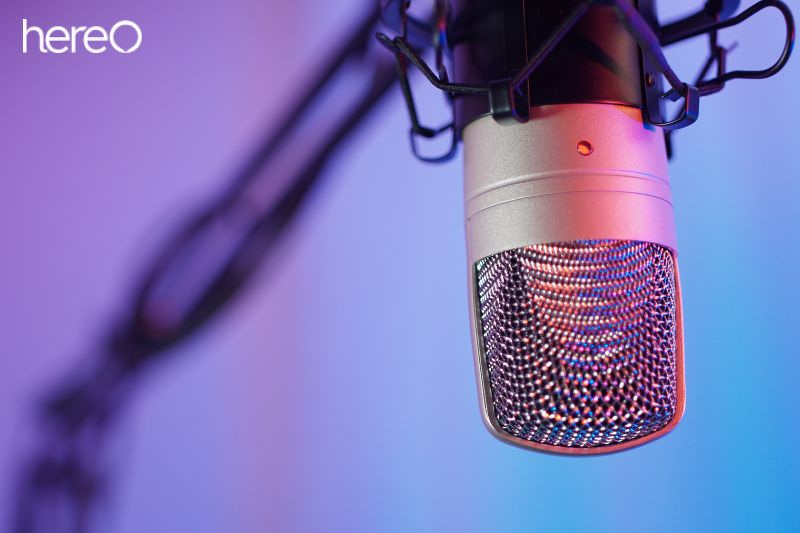
What is high SPL speakers?
A louder speaker is equivalent to a greater SPL. The cone of a speaker is positioned on a baffle facing an anechoic chamber.
What is a good SPL for a mic?
Normally, this spec is referenced to 0.5% distortion at 1 kHz.
How does SPL vary with distance?
When the distance is doubled, the sound pressure level drops by 6 dB. The sound pressure decreases by 50% of what it was at the beginning, or by 1/2. It decreases by 1/r of the distance.
Is SPL the same as volume?
No, sound pressure level is how humans actually hear. Although one might assume that volume is the accepted unit of measurement, this isn’t the case.
Conclusion
In short, SPL stands for sound pressure level and is an important factor to consider when choosing a microphone. Maximum SPL indicates how loud the microphone can handle before it distorts the sound. It’s important to make sure your microphone can handle the sound pressure level of whatever you’re going to be recording.
Thank you for reading this article from hereOfamily!
